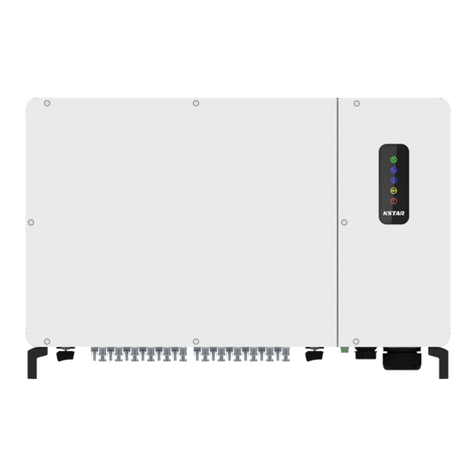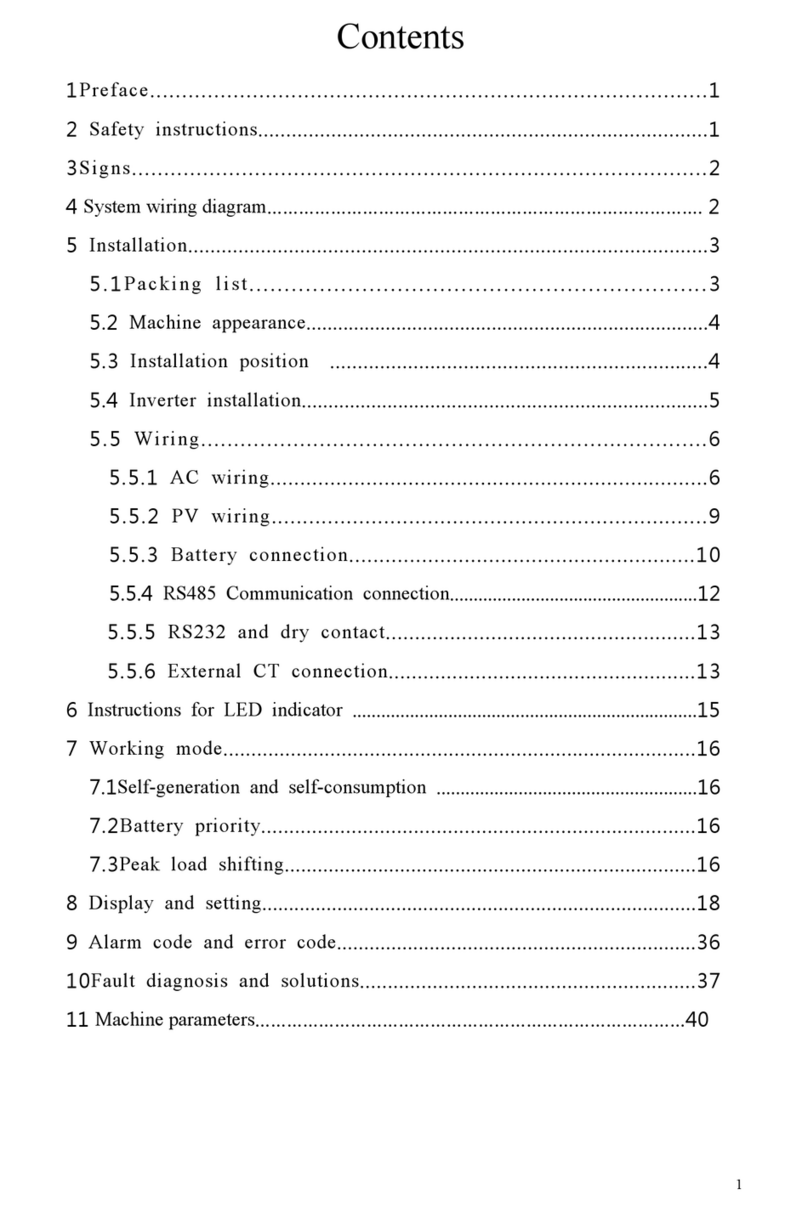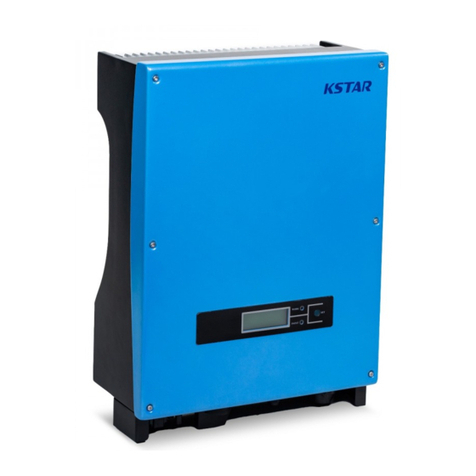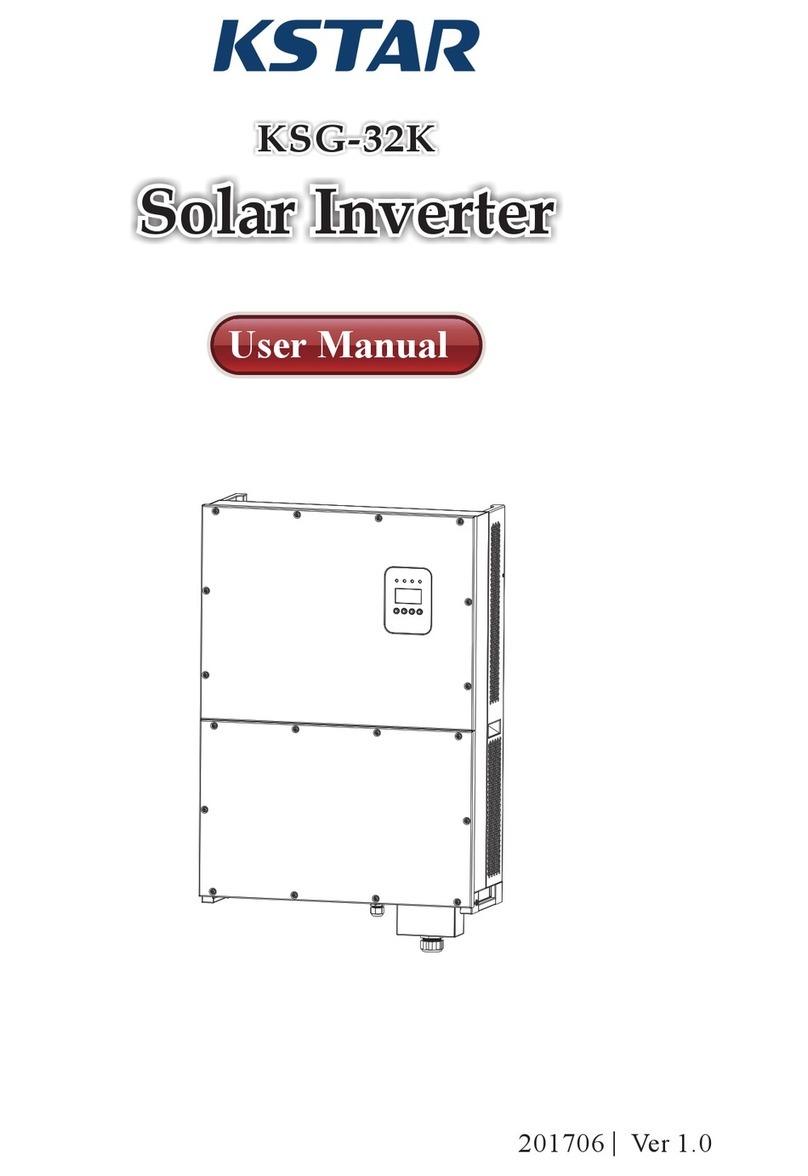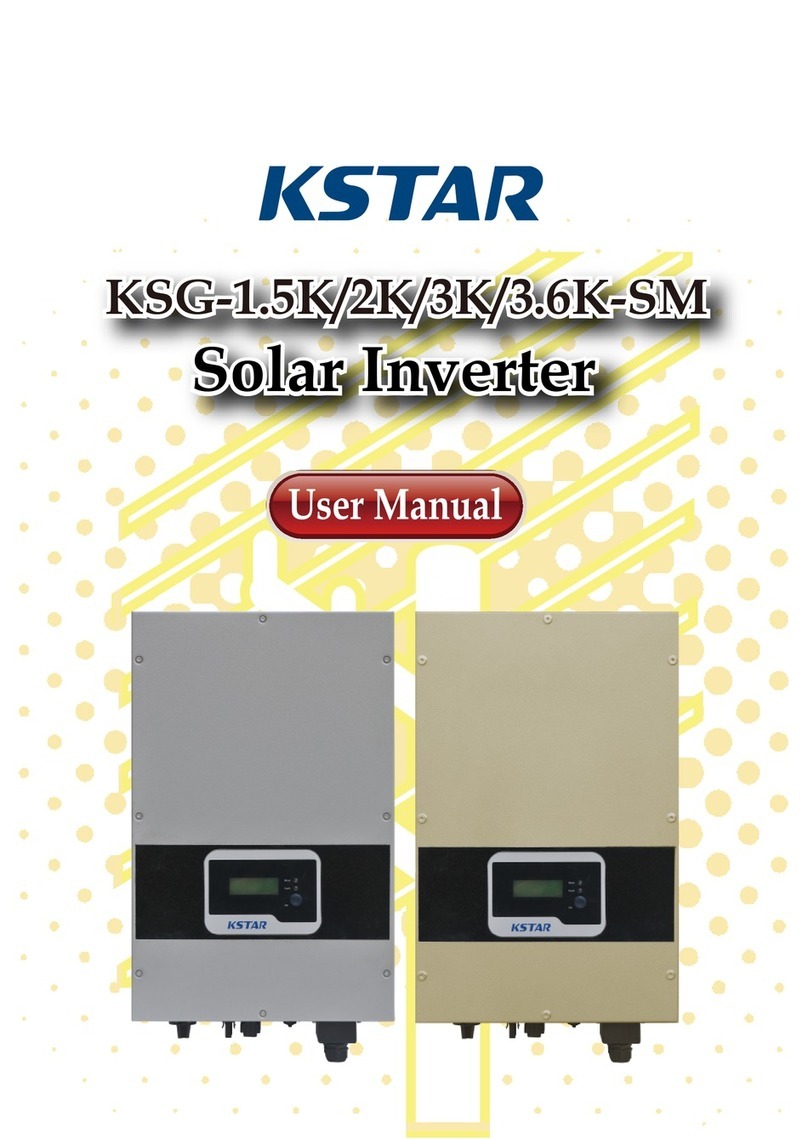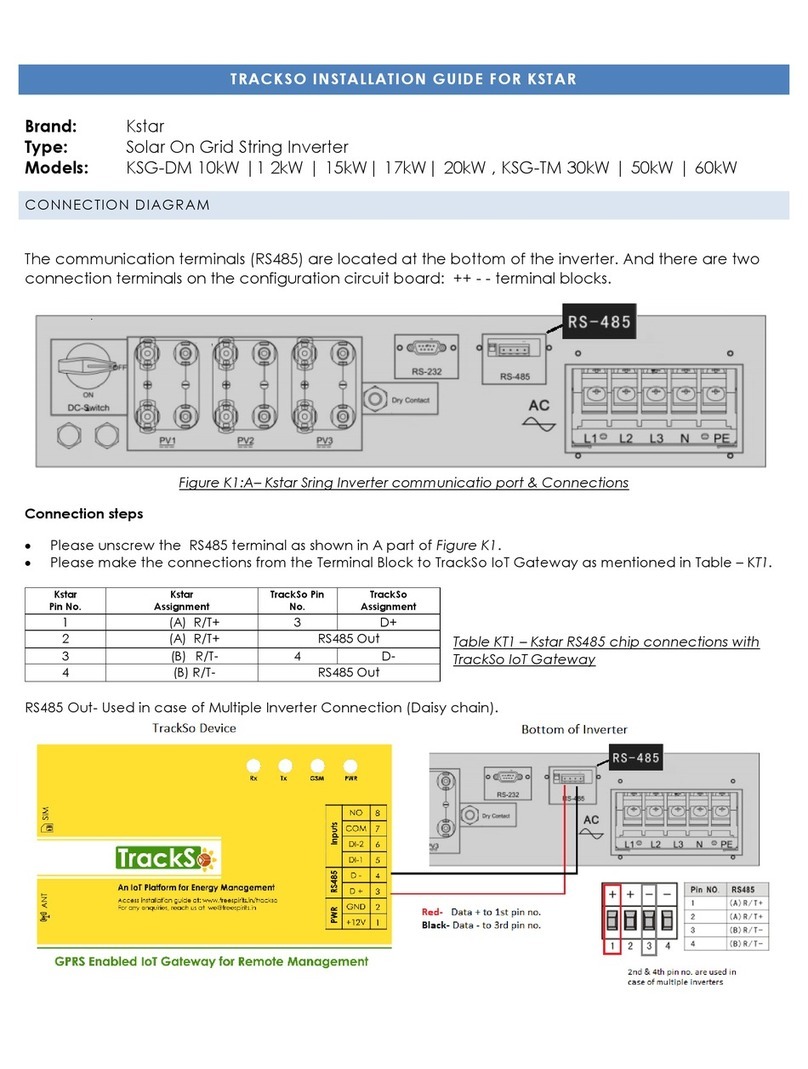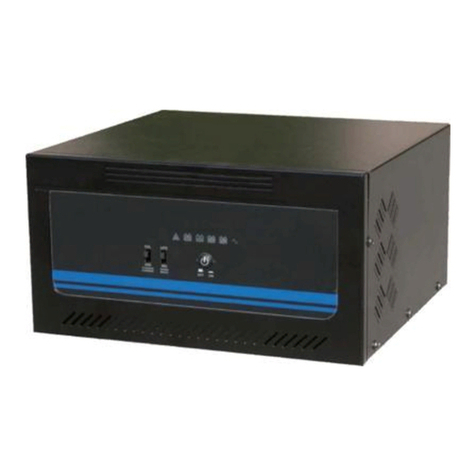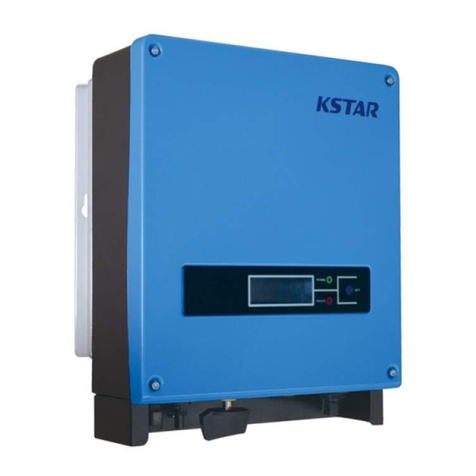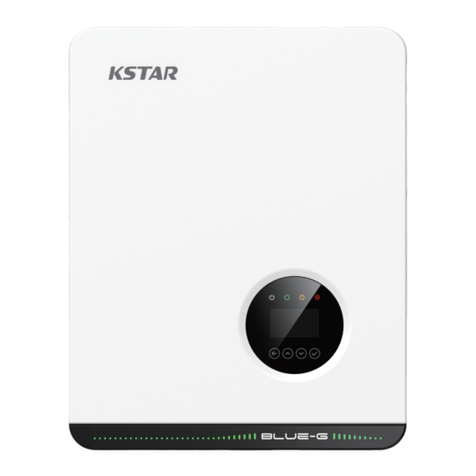Installation and Opertion Manual 2
7.4.1 Input mode...................................................................... 21
7.4.2 Standard for electric network ......................................... 21
7.4.3 Remote CTRL................................................................. 21
7.4.4 Working parameters........................................................ 22
7.4.4.1 Starting-up voltage.................................................. 22
7.4.4.2 Starting-up timelag ................................................. 22
7.4.4.3 Low voltage of electric network ............................. 23
7.4.4.4 High voltage of electric network ............................ 23
7.4.4.5 Low frequency of electric network......................... 23
7.4.4.6 High frequency of electric network ........................ 24
7.4.4.7 Please starting-up again .......................................... 24
7.4.5 485 address ..................................................................... 24
7.4.6 485 baudrate ................................................................... 25
7.4.7 Display language ............................................................ 25
7.4.8 LCD backlight ................................................................ 25
7.4.9 Date/time ........................................................................ 26
7.4.10 History clearing ............................................................ 26
7.4.11 Password setting ........................................................... 27
7.5 Inquiry .................................................................................... 27
7.5.1 INV MODEL.................................................................. 28
7.5.2 MODEL SN.................................................................... 28
7.5.3 Firmware......................................................................... 28
7.5.4 RECORD........................................................................ 29
7.6 Statistics ................................................................................. 30
7.6.1 Time statistics ................................................................. 30
7.6.2 Times of paralleling in.................................................... 30
7.6.3 Power peak ..................................................................... 31
